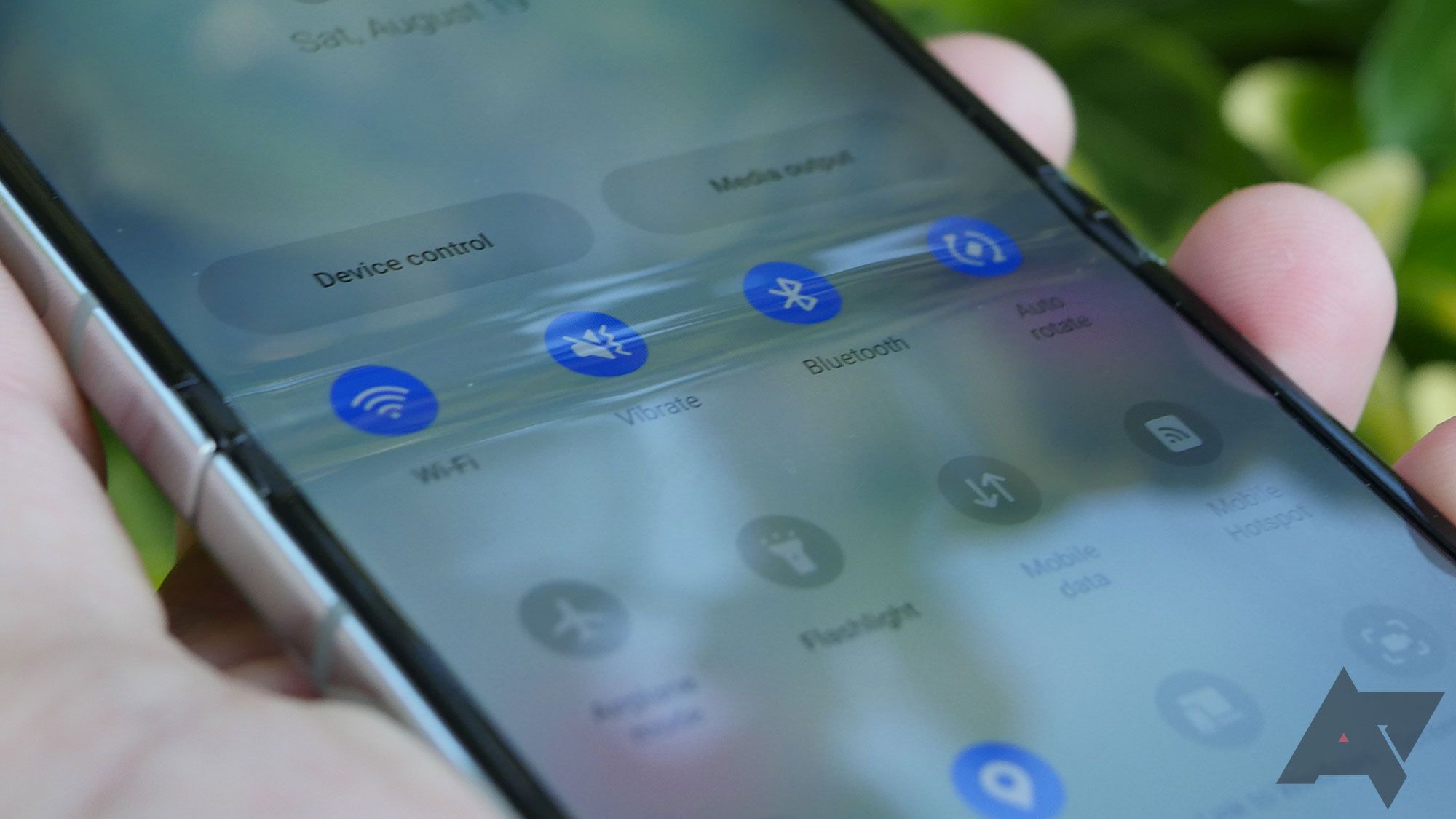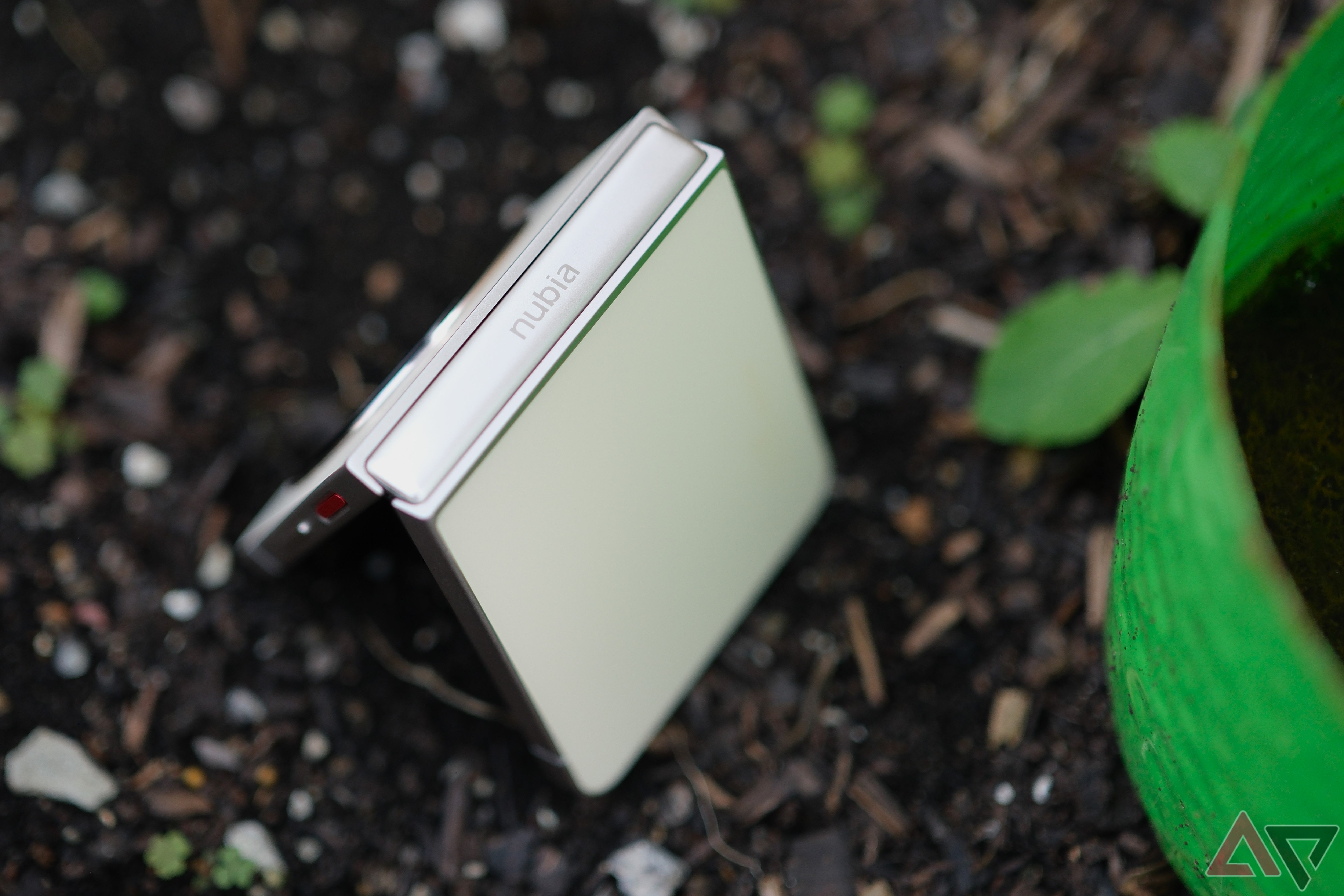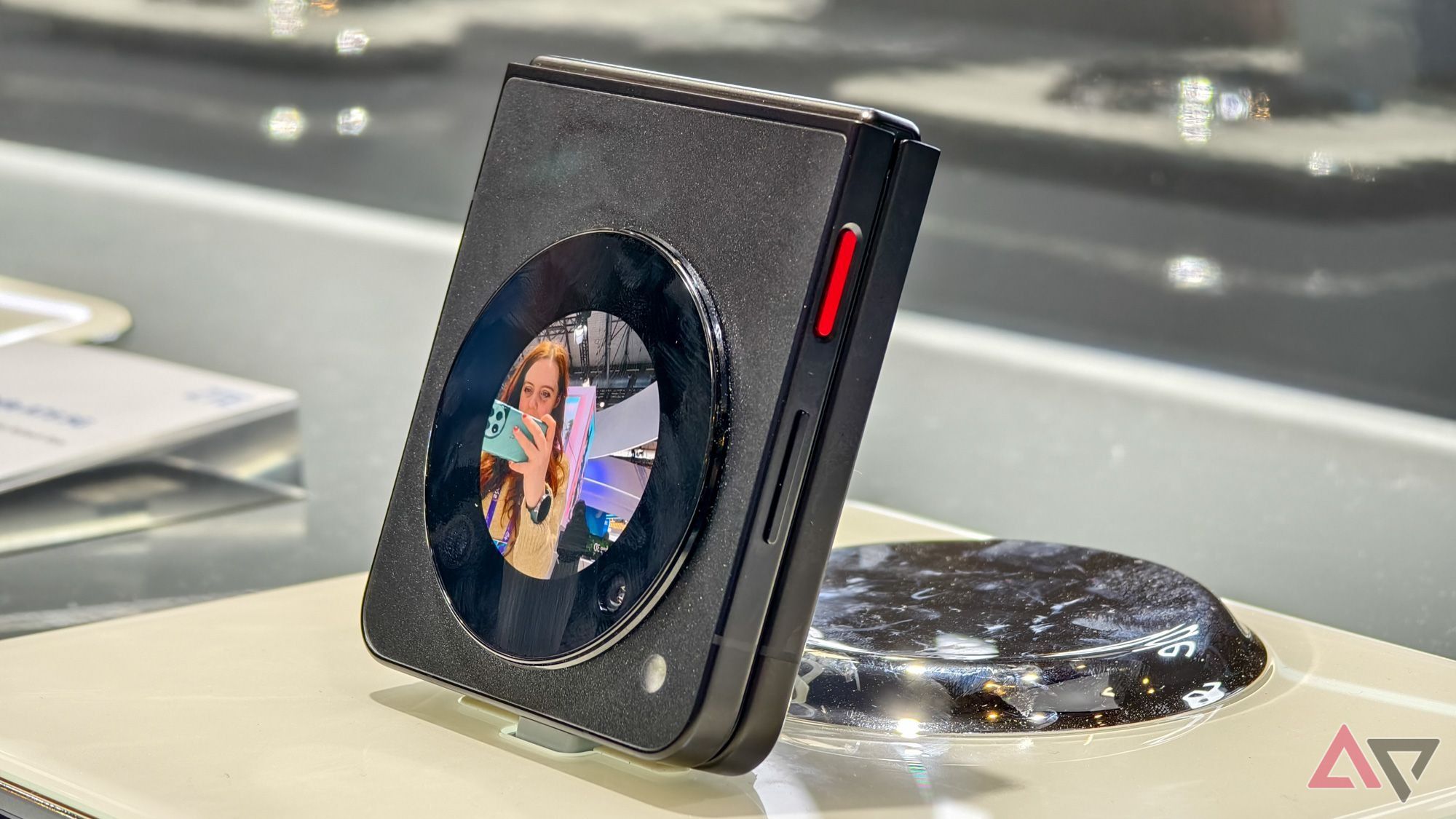Foldable phones mark arguably the most tangible shift in smartphone innovation in the last decade. Of course, chipsets, cameras, and displays have all improved, along with longer-lasting, faster-charging batteries. But these improvements are incremental, anticipated, and downright pedestrian compared to the moment we were suddenly able to start bending smartphones in half without breaking anything in the process.
The pace of refinement has been impressive, too. In five years, we’ve gone from the once-groundbreaking-but-now-clunky Royole Flexpai, to the svelte, stylish Motorola Razr+ and the indomitable OnePlus Open. Samsung has made it its business to be the most established player in the foldable space, and we’re just weeks away from learning about what its next-generation entries — the Samsung Galaxy Z Flip 6 and Samsung Galaxy Z Fold 6 — are bringing to the table. This duo also exemplifies the two main form factors you’ll find modern foldables take: Z Fold-style vertically-hinged conventional smartphones that expand to enhance productivity and horizontally-hinged Z Flip-style clamshells that tip a hat to the flip phones of the late 90s and early 2000s.
While it’s easier to see where book-style foldables might go in the years to come, the path ahead feels a little less defined for the clamshell foldable. Instead of productivity, compactness and style have been their greatest assets, but there’s still a laundry list of compromises that stand unaddressed, which — if fixed in future generations — would make choosing between a rigid-bodied candy bar handset and a clamshell foldable, a matter of taste and taste alone.
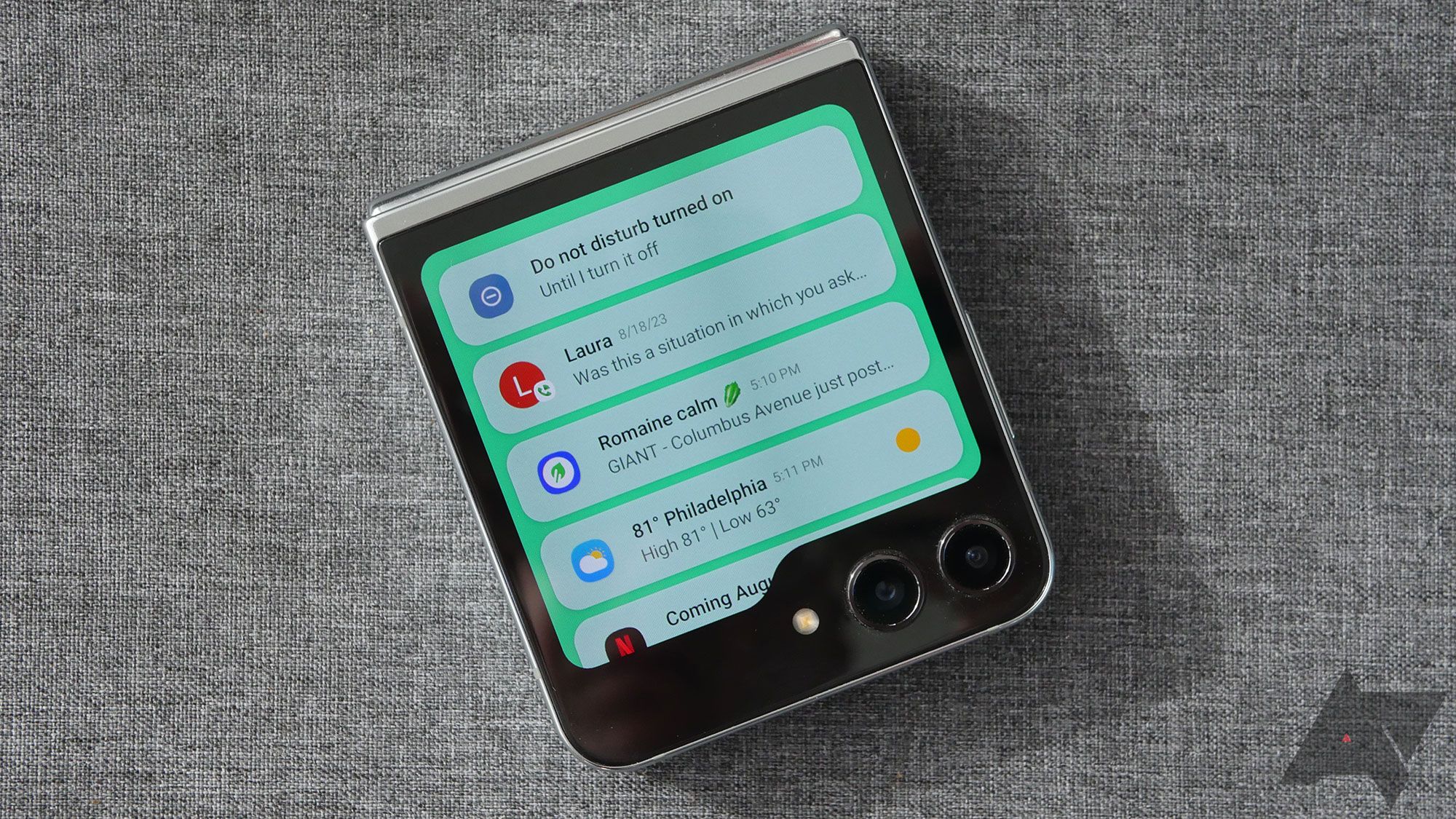
Related
Samsung Galaxy Z Flip 6: News, leaks, rumored price, and release window
With Samsung still the king of the clamshell world, what’s next for this series?
1 A bolder, better display
Ironing out the creases
With every foldable generation, phone makers claim to have reduced the appearance of the crease characteristic of foldables’ flexible displays, but for the last year or so – in real-world testing – even the best foldable phones seem to be suffering from a case of diminishing returns. Nobody is denying that making a display that’s both flexible and durable is hard, but based on the advances in material sciences and examples like last year’s LG Gram Fold laptop, a creaseless clamshell in your pocket doesn’t seem to be beyond the realm of possibility within the next couple of years.
If this patent (via Patently Apple) is anything to go by, Apple might have already come up with a smartphone-suitable solution to address the crease. If true, this means it’s just a matter of waiting for one of their numerous rivals to beat them to the punch. The company’s long-rumored foldable iPhone is not expected to debut until 2027 at the earliest (at least according to Alpha Business).
2 A cover screen worthy of your time
It’s what’s on the outside that counts
While the larger interior display is the most compelling feature on Z Fold-style folding phones, the opposite is true of clamshell foldables, a trait that’ll only gain value with forthcoming iterations.
We’ve already seen a rapid size increase in these external panels (sometimes referred to as ‘cover displays’), with the original Galaxy Z Flip’s 1.1-inch 112 x 300 outer screen now comically dwarfed by the current Galaxy Z Flip 5’s 3.4-inch 748 x 720 ‘Flex Window,’ for example. Such expansion has already allowed for richer widgets, full-keyboard typing, and more robust notifications with quick replies, as well as support for fully-fledged apps, like YouTube. However, the implementation in its current incarnation still feels experimental at best.
The hope is that – as more people make the switch to foldables and phone makers spend more time optimizing the software experience for the form factor’s dual-screen setup – we will see better native app support on outer displays, faster and greater app continuity when moving between the external and internal screens, and new use cases to boot.
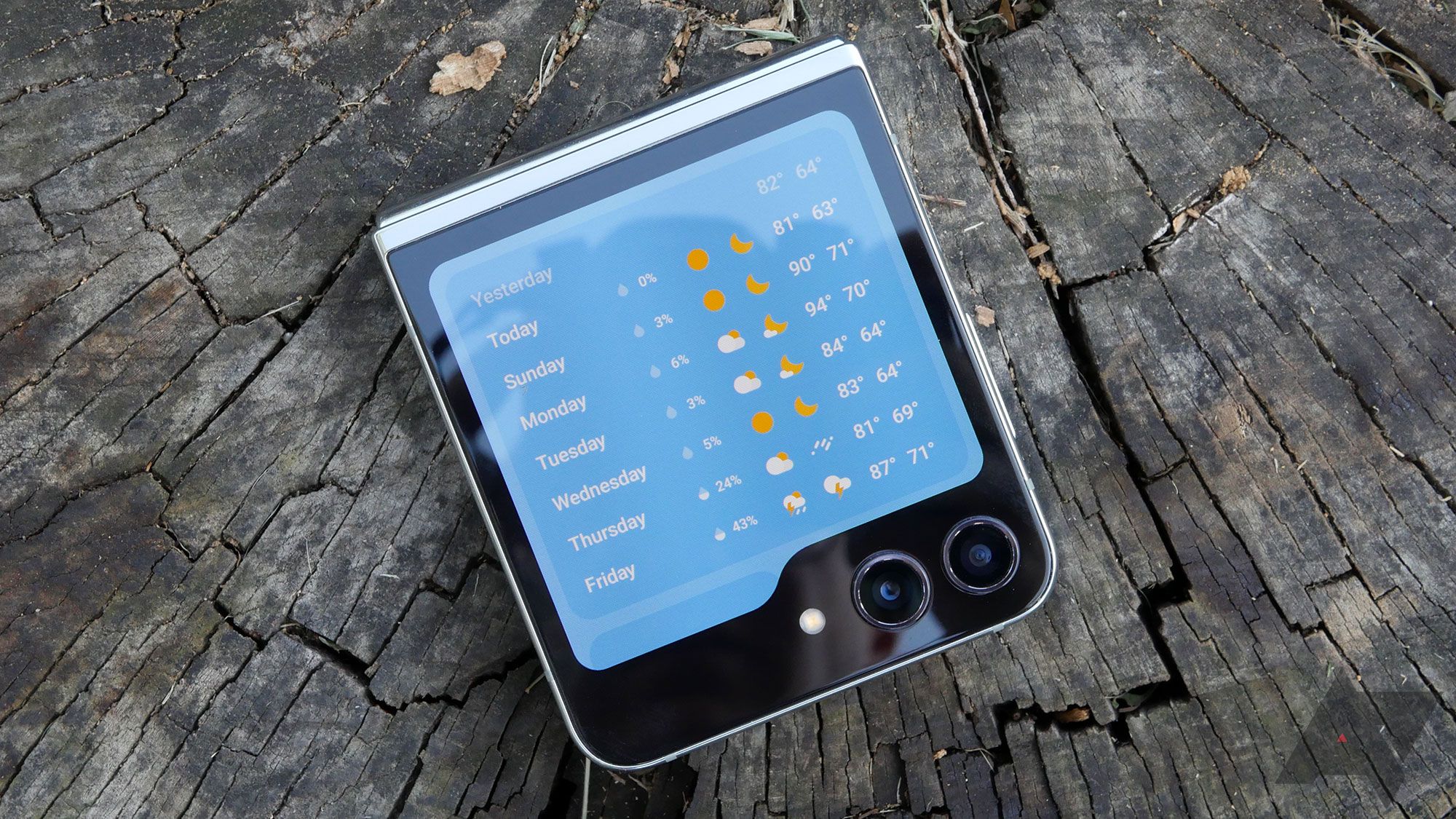
Read our review
Samsung Galaxy Z Flip 5 review: Flex Window for the win
A slightly larger cover screen makes all the difference in the world
3 Stronger, more reliable durability
Bend, don’t break
Durability has always been one of the most prominent concerns where foldables are concerned. It’s a general rule that the more moving parts a device has, the greater the number of potential points of failure there are. Companies like Samsung, Honor, Oppo, and Xiaomi have worked hard to address fans’ expectations around durability, by stress-testing hinge mechanisms hundreds of thousands of times, reducing the number of parts needed in their construction, and improving material choices and engineering to minimize the risk of dust particles or moisture getting inside, but there’s clearly more that can be done.
In addition to ironing out the crease, the use of harder, chemically strengthened glass and polymers seems like an obvious upgrade for foldable displays. The form factor’s design-led approach seems like the perfect canvas on which to integrate new materials — like titanium — in the construction of the bodywork, allowing for thinner bezels and an improved strength-to-weight ratio.
4 Help us save some cash
For the first time ever, affordable foldables are here
Companies like Blackview and entrants like the recent Nubia Flip 5G already demonstrate just how much more affordable foldables have become to produce. However, by dropping the price, these more wallet-friendly clamshells reintroduce some of the shortcomings that more premium offerings have already addressed, namely with regard to ingress protection, battery life, and durability.
The hope is that, within a generation or two, the quality of even these baseline clamshell foldables will have risen to a degree that allows for fewer compromises compared to their flagship counterparts, just as is the case with conventional mid-range and even budget candybar phones on the market, right now.
5 An actually-good camera, for once
The return of the compact cameraphone
We’re also finally starting to see the makers of foldable phones take their camera experiences more seriously. While it’s understood that adding a hinge (plus everything else that goes into allowing for a phone to bend in half) means there’s less room for batteries and camera hardware, the scales do appear to be tipping back towards level on this front; albeit with Z Fold-style foldables getting first dibs when it comes to superior camera hardware.
The hope is that – now that the clamshell foldable form factor has been established – future flip phones can place a greater emphasis on photography. On the surface, this seems like a no-brainer, considering that their compact design is already tailor-made for primary-sensor selfies and vlogging.
Innovation comes at a price
Innovation doesn’t move at a consistent pace and some of the pain points mentioned above will be addressed far sooner than others. There are already signs that the display improvements we’re hoping for in future foldables are already being worked on, while insight into efforts concerning durability improvements feel far less defined. It shouldn’t come as much of a surprise that competition is the biggest driving force to further innovation, and buying the best clamshell to suit your needs today, means everyone gets a better clamshell tomorrow.
Source link

